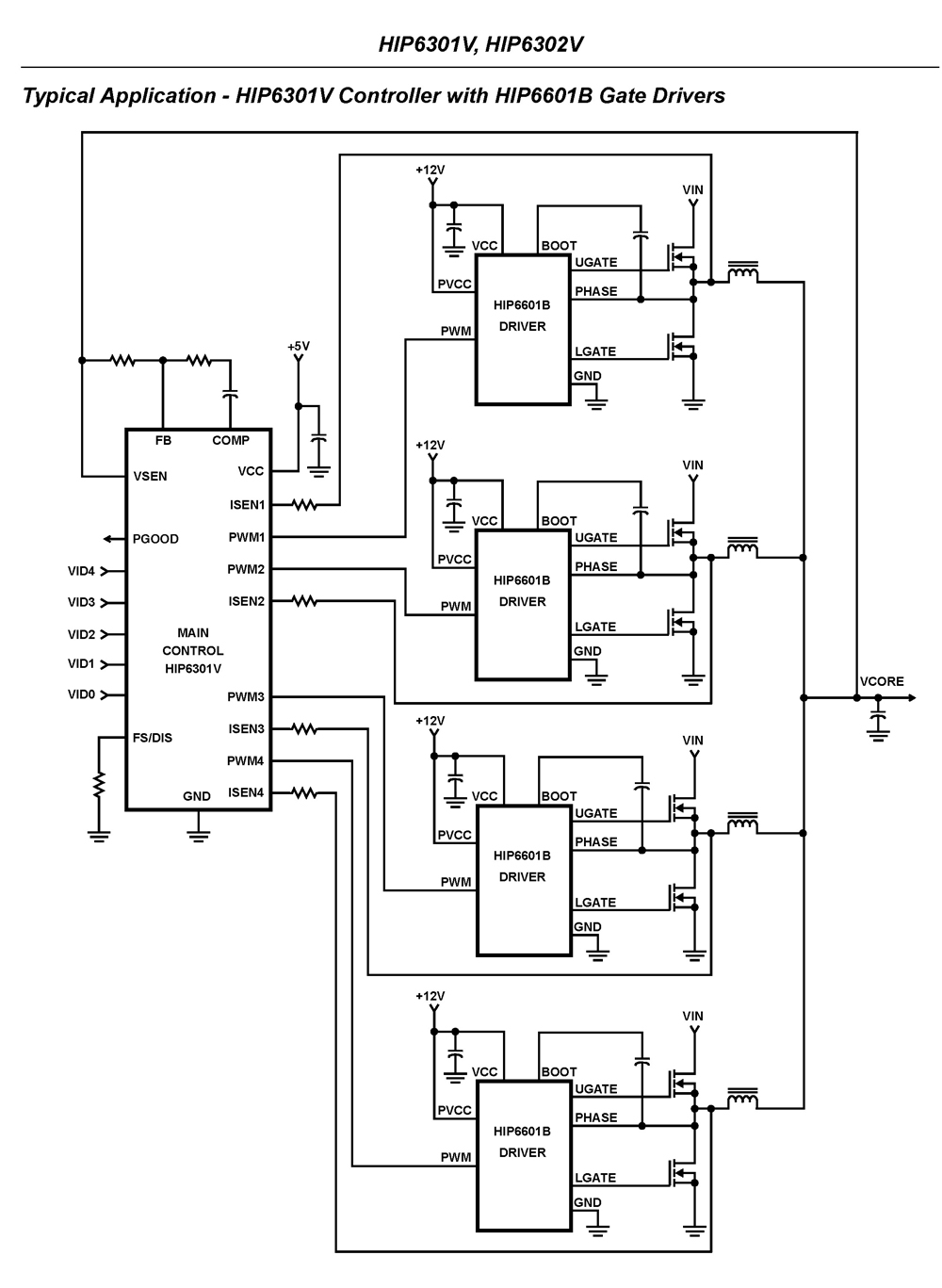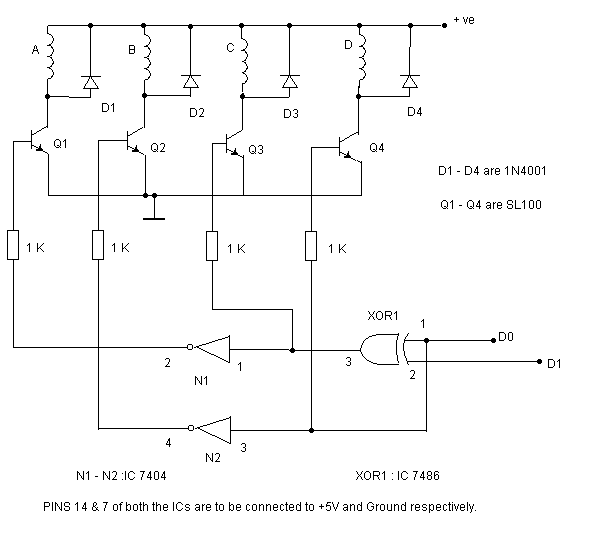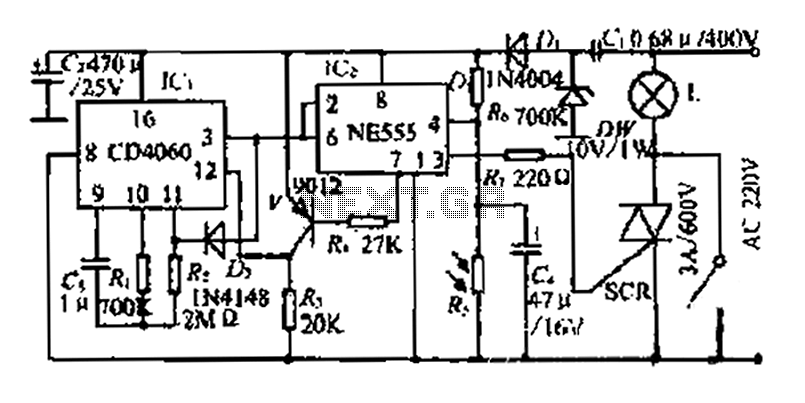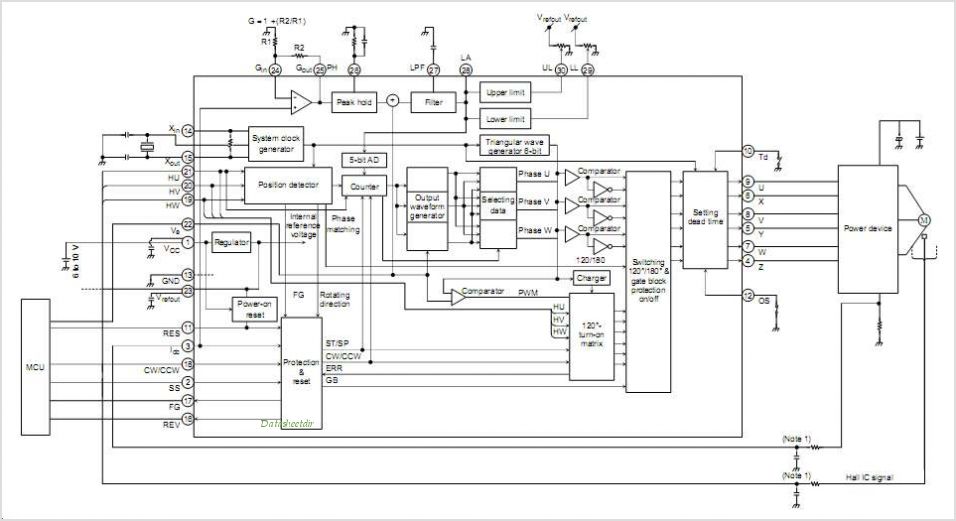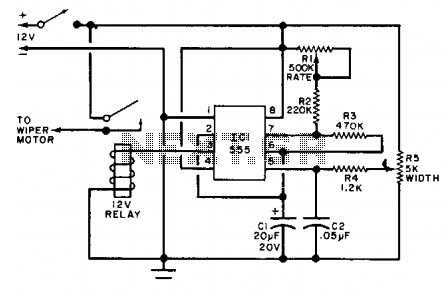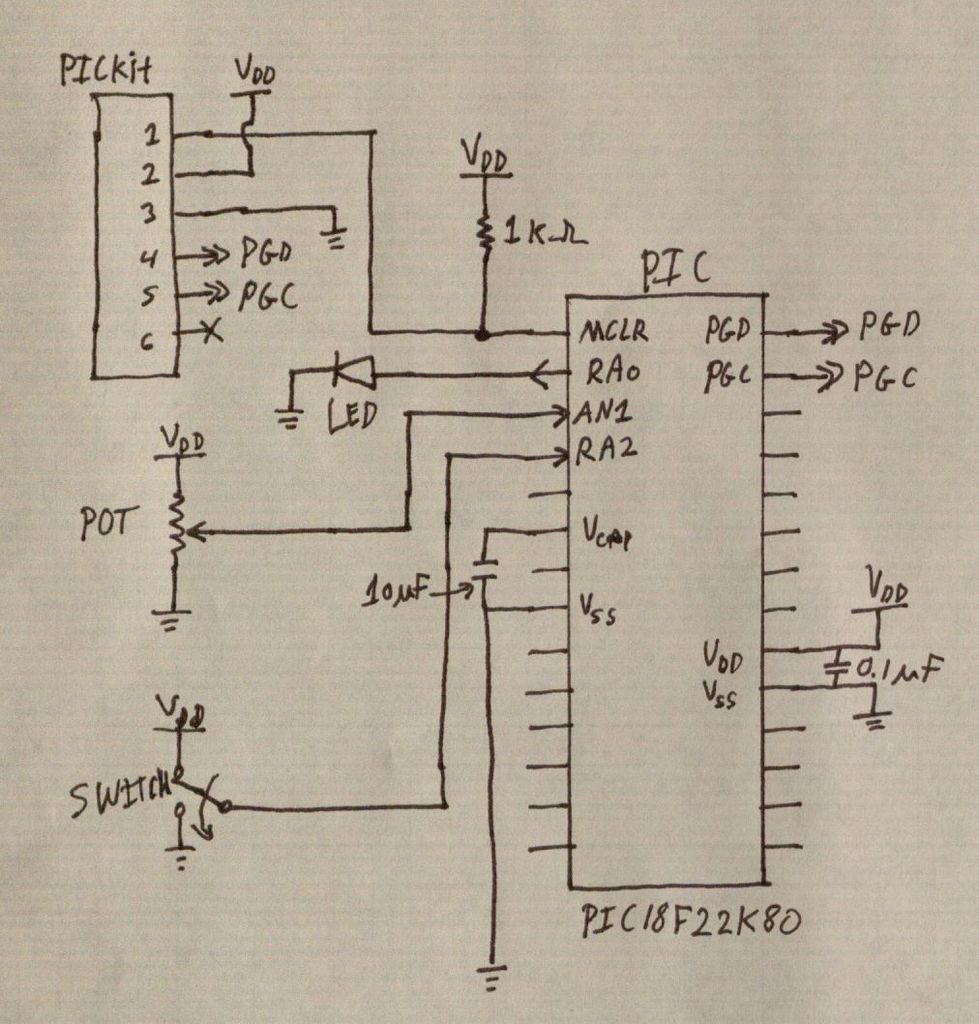
Stepper Motor Controller
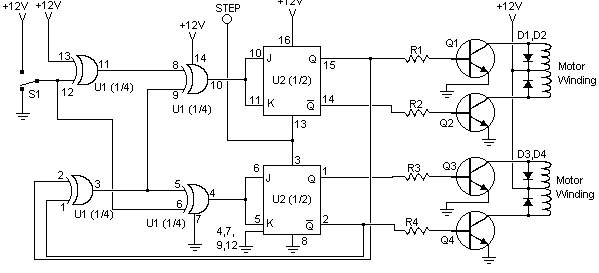
I found this circuit in my files. I don't know where it came from, but it looks like I photocopied it from somewhere years ago. I have been told that it came from "The Robot Builder's Bonanza", by Gordan McComb. Anyway, I thought that it should be fairly useful, so I decided to post it here. The circuit is very simple and inexpensive. This is a good thing because most commercial stepper motor controller ICs are quite expensive. This circuit is built from standard components and can easily be adapted to be controlled by a computer.
The circuit described is a simple stepper motor controller designed to drive stepper motors using basic electronic components, making it an economical alternative to commercial solutions. The schematic typically includes a microcontroller or a simple logic circuit to generate the necessary control signals.
The core of the circuit usually consists of a H-bridge configuration, which allows for bi-directional control of the stepper motor. This configuration is often implemented using transistors or MOSFETs that switch the current through the motor coils in a specific sequence, enabling precise control over the motor's position and speed.
Power supply requirements are minimal, as the circuit can operate on standard voltage levels, often between 5V to 12V, depending on the specifications of the stepper motor being used. Resistors and capacitors may be included for signal conditioning and to protect the components from voltage spikes.
For adaptability to computer control, the circuit can interface with a microcontroller or a PC through a USB-to-serial converter or similar interface, allowing for programming and control via software. This setup enables users to implement various control algorithms, such as acceleration profiles or position feedback systems, enhancing the functionality of the stepper motor application.
Overall, this stepper motor controller circuit represents a valuable resource for hobbyists and engineers looking to implement motor control solutions without incurring the costs associated with commercial integrated circuits. Its simplicity and adaptability make it suitable for a wide range of robotic and automated applications.I found this circuit in my files. I don`t know where it came from, but it looks like I photocopied it from somewhere years ago. I have been told that it came from "The Robot Builder`s Bonanza", by Gordan McComb. Anyway, I thought that it should be fairly useful, so I decided to post it here. The circuit is very simple and inexpensive. This is good thing because most commercial stepper motor controller ICs are quite expensive. This circuit is built from standard components and can easily be adapted to be controlled by a computer. 🔗 External reference
The circuit described is a simple stepper motor controller designed to drive stepper motors using basic electronic components, making it an economical alternative to commercial solutions. The schematic typically includes a microcontroller or a simple logic circuit to generate the necessary control signals.
The core of the circuit usually consists of a H-bridge configuration, which allows for bi-directional control of the stepper motor. This configuration is often implemented using transistors or MOSFETs that switch the current through the motor coils in a specific sequence, enabling precise control over the motor's position and speed.
Power supply requirements are minimal, as the circuit can operate on standard voltage levels, often between 5V to 12V, depending on the specifications of the stepper motor being used. Resistors and capacitors may be included for signal conditioning and to protect the components from voltage spikes.
For adaptability to computer control, the circuit can interface with a microcontroller or a PC through a USB-to-serial converter or similar interface, allowing for programming and control via software. This setup enables users to implement various control algorithms, such as acceleration profiles or position feedback systems, enhancing the functionality of the stepper motor application.
Overall, this stepper motor controller circuit represents a valuable resource for hobbyists and engineers looking to implement motor control solutions without incurring the costs associated with commercial integrated circuits. Its simplicity and adaptability make it suitable for a wide range of robotic and automated applications.I found this circuit in my files. I don`t know where it came from, but it looks like I photocopied it from somewhere years ago. I have been told that it came from "The Robot Builder`s Bonanza", by Gordan McComb. Anyway, I thought that it should be fairly useful, so I decided to post it here. The circuit is very simple and inexpensive. This is good thing because most commercial stepper motor controller ICs are quite expensive. This circuit is built from standard components and can easily be adapted to be controlled by a computer. 🔗 External reference
